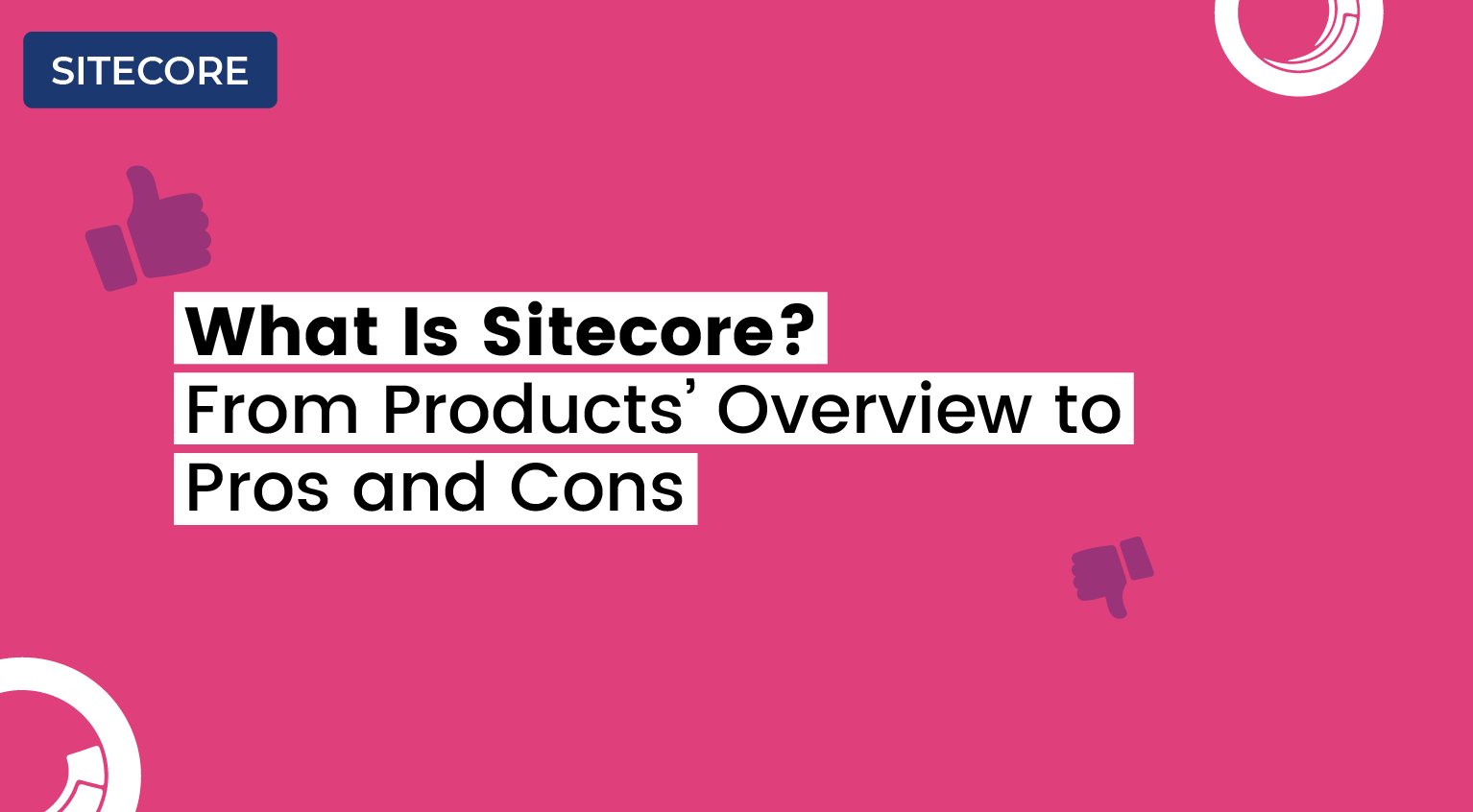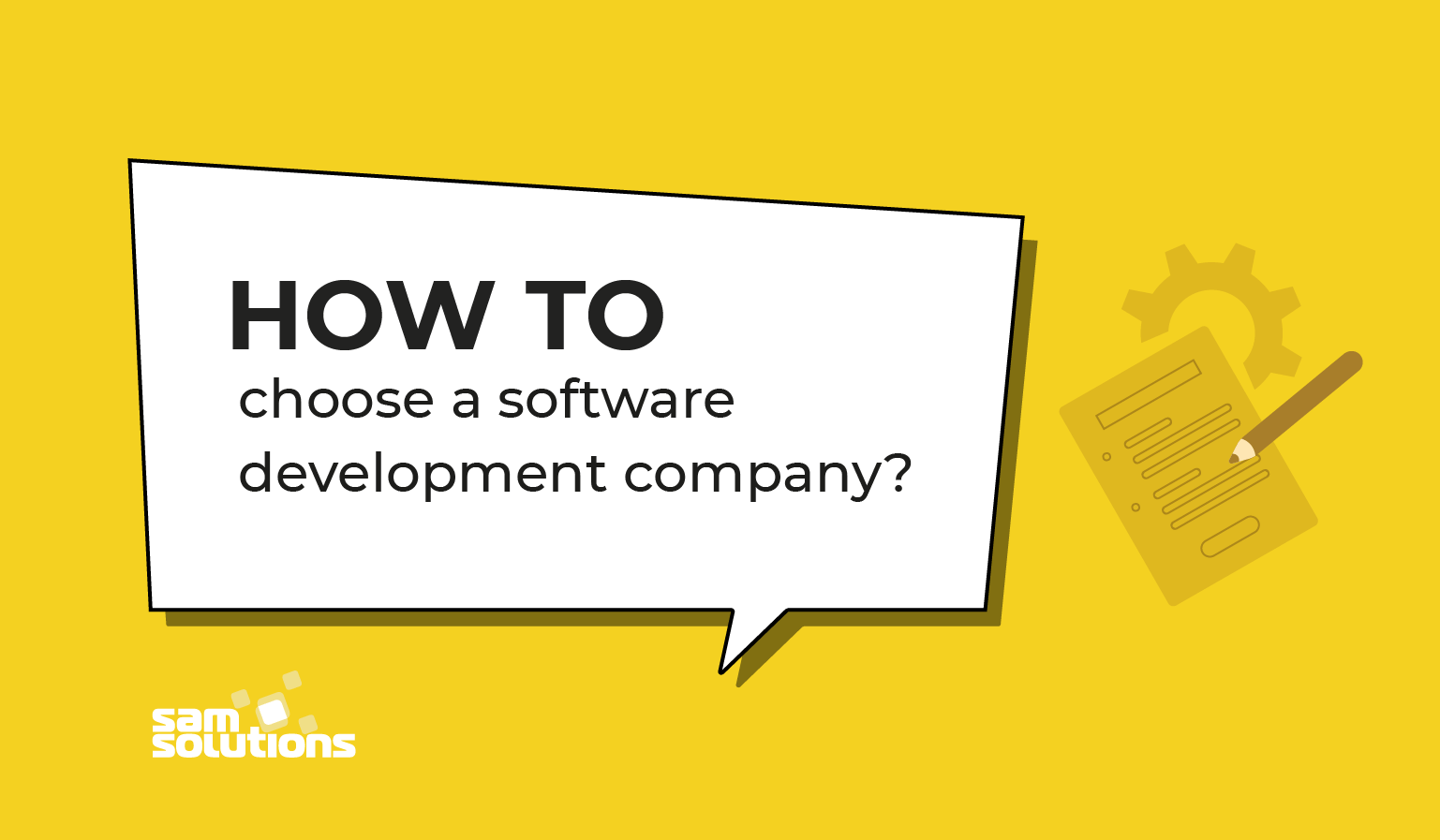Introduction
At present, businesses from around the world are relying more on the cloud for their computing functions. It is the best choice to get IT services in a more timely and cost-effective manner. Private clouds are frequently chosen by companies seeking a secure model.
So, what is the private cloud?
Private cloud (also known as an internal, or corporate, cloud) refers to computing services that are solely dedicated to a single user (or selected users). This is a key difference from the public cloud option, in which resources are offered to and shared by the general public.
Although private clouds have traditionally been hosted on-premise, organizations are now using them on rented, vendor-owned data centers located off-premise.
In this model, the cloud provider’s infrastructure is shared by a single user (tenant) with completely isolated access.
Private cloud example
Today, private cloud solutions are offered by various vendors to suit every budget. But perhaps one of the leaders in this market is undoubtedly Hewlett Packard Enterprise (HPE). Its products in this area include, among others, Helion Cloud Suite software, Helion CloudSystem hardware, and Helion Managed Private Cloud services.
However, HPE’s competitors have taken up the challenge and are not too far behind. For instance, VMware provides two different solutions. While one solution is entirely private, the other is a hybrid offering combining an integrated stack as well as automated lifecycle management.
The industry is not ignored by other IT companies. In particular, with IBM’s Cloud Private based on Kubernetes, Cloud Foundry, and function-based programming models, organizations can develop and manage containerized applications.
Oracle’s Private Cloud Appliance, an on-premises infrastructure system, makes it possible for customers to consolidate mixed workloads.
Microsoft Azure private cloud services are used by many companies through integrating the private infrastructure in their on-premise data centers with Microsoft Azure public cloud stack as part of their hybrid cloud strategy.
Virtual AWS private cloud (VPC) is offered by Amazon as an isolated section of Amazon Web Services (AWS) public computing solution.
Google private cloud is also provided as a VPC so that users can get exclusive access to various services such as big data, machine learning, storage, and analytics.
Other players in the market include Cisco and Dell EMC.
Benefits of private cloud
Much like any other solution, private cloud has certain benefits. Here we’ve summarized the most important ones:
More control – Private clouds are hosted on-premises or in a third-party datacenter, which is also a privately hosted environment. This gives you greater control over your data and infrastructure, allowing you to intervene quickly if changes are required. Your IT department can use advanced analytics to predict and prevent bottlenecks and downtime by monitoring application deployment.
Enhanced security – Another advantage is increased security. All data is saved and managed on servers that are not accessible to any other company. This significantly enhances data privacy.
Increased customization – A one-size-fits-all public cloud solution is considered to be suitable for all and everyone. However, it might not be true where a company has its unique technical and business requirements stemming from its industry, size or objectives. With a private cloud, organizations can customize servers and software in the way they need, ensuring that the system is tailored specifically for them.
It is possible to meet compliance requirements – There are various organizations whose operation is subject to strict regulatory compliance, including in the field of data storing processing. Among them are government agencies, banks, health facilities, insurance companies, etc. And these legal requirements can be only met by using a private solution rather than a public one. Therefore, private cloud technology is the only way for such organizations to ensure government compliance.
Private Cloud Infrastructure
Private cloud infrastructure can be divided into two different types:
- Software-only – customers obtain only the private cloud software needed to run the private cloud environment on their existing hardware. A software-only computing model is popular for highly virtualized environments.
- Software and hardware – some providers sell private cloud computing services as an all-in-one hardware and software package. It is typically a platform that exists on-premises and may or may not be managed by the private cloud vendor.
Private cloud architecture
Apart from the single-tenant design, private clouds are built on the same technologies as other cloud solutions, allowing customers to use computing resources on demand.
These technologies are as follows:
- Virtualization enables users to purchase only resources they need due to the separation of a single physical computer (host machine), or more precisely, its hardware components, such as memory, storage, processors, etc., into multiple virtual elements (known as virtual machines, VMs) available to every consumer separately.
- Management software provides administrators with control over the infrastructure and the software that runs on it. Therefore, it is possible to improve performance, security and resource utilization for private cloud platforms.
- Automation is used for server provisioning and integrations. As a result, there is no or less need for human participation in performing these repeated tasks, which otherwise would be done manually.
Moreover, customers are able to employ cloud-native application architectures consisting of microservices and containers. With their help, businesses can get flexible, scalable and efficient solutions.
Private cloud service
Like with any type of online computing, private cloud services are delivered in three different models, each of which offers different levels of control over IT resources.
The first one is infrastructure-as-a-service (shortly referred to as “IaaS”). As its name would suggest, users of this model can get private cloud infrastructure as a service.
So, the first part is infrastructure. It includes three main categories – core compute (e.g. web server, application server, graphics processing unit, or GPU, and high-performance computing, or HPC), storage (e.g. block storage, file or object storage), and network.
The second part of the model – service – describes how the first part (infrastructure) interacts with customers or is used by customers. The cloud infrastructure solutions are delivered to users on demand, via the Internet, and using a “pay-as-you-go” method where the price is determined based on the resource amount that was consumed. It is essentially like renting infrastructure.
This form is typical for cloud storage and backup providers. It is also commonly used by web hosting companies and high performance computing vendors.
The platform-as-a-service (abbreviated as “PaaS”) model, as distinct from IaaS, offers its users not only infrastructure (servers, storage, and networking) but also software (middleware, operating systems, development tools, database management systems, etc.) – an entire cloud platform – for developing, testing, deploying, and running applications. This form is a good choice for software developing businesses who want to focus on development without having to worry about administration and DevOps.
In its second part (service), this model is similar to IaaS in that a developing platform is also provided on demand, over the Internet (usually through the GUI web interface) and on pay-as-you-go (per app, user or gigabyte of memory consumed per hour) or subscription basis (where a fixed fee is charged usually monthly and depending on the number of users within one subscription).
As compared to the previous two service models, the third one – software-as-a-service, or SaaS, provides customers with less control over resources. The offerings for this delivery form include software only, which like every service is delivered to users on demand, via the Internet and typically within a subscription-based model. However, SaaS private cloud is not very common. This model is more popular among public computing solutions.
Private clouds can be classified not only by service (delivery) models. Based on who has control over the infrastructure, administers it and where it is hosted, they can be broken down into four types as stated below.
Virtual private cloud
A virtual private cloud (VPC) is a model where an isolated set of resources is offered within a public cloud infrastructure.
On-premise private cloud
In an on-premise model, the organization hosts the server at its own data center. The customer has entire control over the infrastructure.
Managed private cloud
This type of private cloud is managed by a third-party provider who is responsible for maintenance, upgrades, configuring the firewalls, etc.
Hosted Private Cloud
As part of this model, the server is offered by the vendor at its own data center, while the customer performs the remaining administering tasks.
Private cloud storage
As mentioned above, IaaS private service model is often used by storage providers. Nowadays cloud storage represents one of the most common uses of online computing and is likely to become even more popular. As part of these services, users can save their data and access them online, via a web-based interface.
Storage solutions can be delivered using public or private clouds. The main difference is that the servers for running a corporate solution are dedicated to a single user, while the servers in the public model are shared among multiple customers. Due to this, the private cloud storage is more secure than the public one. Moreover, corporate cloud solutions are able to provide better performance because the underlying server can be perfectly tailored to the needs of the user.
Services in this area can be divided into two main types based on a data storage architecture:
- object storage where data are managed as objects; this type is best suitable for private cloud applications using unstructured static data that are not likely to be changed frequently (e.g. audio, video, images) since in case of any change a new object will have to be created; and
- block storage where data are broken down into pieces called ‘blocks’; this type is perfect for structured files such as file systems and databases.
Examples of corporate cloud storage include Amazon Cloud Drive, Apple iCloud, Google Drive Enterprise, and BOX.
Disadvantages of private cloud
Notwithstanding that internal cloud offers numerous benefits to customers, it also has some disadvantages that should not be overlooked in deciding whether and how to migrate to online computing services. Here we’ve summarized key considerations IT stakeholders should take into account:
High costs – As compared to public clouds, private ones are more expensive. This is due to costs related to the infrastructure (hardware, storage, and network). They are particularly significant if you build an on-premise system. Not to mention the need to hire a cloud architect to set up and maintain the infrastructure, thereby spending additional money and increasing the total cost of ownership.
This is why the private model makes sense mostly for big corporations who can afford it and who face challenging security or compliance requirements. However, these expenses can be cut substantially by using a hosted private cloud instead.
Difficult private cloud implementation – If you choose to deploy an internal cloud in your own data center rather than at a vendor’s facility, you will have to make a lot of decisions regarding hardware, software, and architecture. Therefore, this process can be tricky and time-consuming.
Difference between public and private cloud
Private and public clouds have much in common. For instance, they both use the same technologies such as virtualization, automation, and management software. They both offer digital resources as a service (i.e. on demand and over the Internet).
However, they are not the same and differ in many respects. And the main difference is that public infrastructure is shared and accessed by multiple users (the general public), while an internal cloud is only dedicated to one customer or selected customers.
And still one more important thing to remember is that “cloud” is more a way to provide IT systems than such systems themselves. The public or private cloud options simply refer to who has access to these resources and control over them.
To better grasp the difference between public and private models, think of public cloud as a kind of renting a bed in a hostel during your vacation trip. You share the space and the bathroom with multiple roommates, usually strangers. But yet, you have your own little area.
At the same time, the price is low and you don’t need to worry about a thing. Meals and tea/coffee are provided, and the room is cleaned everyday. If necessary, you can rent another bed for your friend or relative (‘scale up the capacity’).
On the contrary, the private model is like booking a villa by the sea with your friends or family. It’s expensive, but it belongs to you and you alone. No one else has access to your house. Therefore, it is more secure and you can do whatever you like. You are able to adapt it the way you prefer. Your needs are the first priority.
However, more privileges mean more responsibilities. Now you have to take care of cleaning, doing the laundry, cooking, and other household duties (house maintenance).
Conclusion
We live in the world of online computing. With its agility, scalability and accessibility, it is appealing to more and more consumers, both corporate and individual. However, to get there, one can use different ways.
One of such ways – private cloud deployment model – is opted for by organizations owning sensitive data because of its improved security and possibility to meet strict compliance requirements.
Despite the advantages, there are some flip sides of this model as well. With higher costs being the most pronounced concern, corporate clouds might be less desirable for start-ups and small companies. Nevertheless, this model can be an alternative or complementary to public cloud. And the current trend is using a combination of public and private options (so-called hybrid cloud).


